eVTOL Battery vs EV Battery: What’s the Difference?
The surge in demand for urban transport alternatives has paved the way for this timely deal. As cities grapple with increasing congestion and pollution, the appeal of manned and unmanned eVTOL aircraft, operating below an altitude of 1,000 meters, is growing rapidly. These innovative vehicles promise to revolutionize urban mobility by offering efficient and eco-friendly transportation solutions. They achieve this by bypassing traditional traffic bottlenecks and reducing travel times significantly.
eVTOL is suitable for various applications, but the most popular one is urban transportation. Aerial taxis will offer faster, greener and more efficient transfers from city locations, such as financial quarters, to airports. eVTOLs could replace the helicopter services currently used for this purpose. eVTOL will offer an environmentally friendly and more economical way of providing short-hop flights. The lower costs and 24/7 operation could make it accessible to more people. The eVTOL battery market is expected to reach US$50 billion by 2030, showcasing the immense potential for electric vertical take-off and landing (eVTOL) aircraft.
One of the key challenges is justifying the business case for mass-market appeal of these modes of transportation. This is because there is an intricate trade-off between commercial demands and technical aspects, such as safety, range, turnaround times, and battery life.
eVTOL Battery Requirements
At the core of eVTOL technology is electric propulsion, which relies on electric motors powered by batteries or other electric power sources. This contrasts with traditional aircraft that use internal combustion engines. Electric motors offer several advantages, including lower noise levels, reduced emissions, and greater efficiency. The electric powertrain of an eVTOL typically consists of a battery pack, electric motors, and power electronics that manage energy distribution. Battery reserve and performance will be central to eVTOL services, and will also provide manufacturers with a way to differentiate their models in a competitive market.
Battery technology is critical to the performance and viability of eVTOL aircraft. Advances in energy density, charging speed, and battery lifespan will enhance the range, payload capacity, and operational efficiency of eVTOLs. Research and development in solid-state batteries, fast-charging systems, and energy management will play a crucial role in the future of eVTOL technology.
For instance, with eVTOL systems, the stages of flight need to be considered, as the battery cannot be so heavy as to hinder takeoff yet needs enough power to support vertical takeoff and landing as well as (horizontal) cruising. In addition, an eVTOL battery needs to have a long cycle life and rapid charging capabilities so that it can be quickly recharged in the time between the aircraft landing and taking off again. Creating a safe battery that meets these demands requires evaluating the power–energy tradeoff, designing an optimal battery management system, and reducing the risk of battery degradation.
eVTOL Battery vs EV Battery: What's the Difference?
Electric vertical takeoff and landing (eVTOL) aircraft have attracted considerable interest as a disruptive technology to transform future transportation systems. Their unique operating profiles and requirements present grand challenges to batteries. Batteries used in transport technology need to be safe and durable and have high performance and quick charging time. Although electric batteries that meet these needs already exist on the market due to the rise in electric vehicles (EVs), there are notable differences in the performance needs for EV and eVTOL batteries.
In fact, eVTOL batteries have more stringent requirements than EV batteries in all aspects. The high cruise power leads to a larger average discharge rate for eVTOL batteries. Thus, the specific energy of eVTOL batteries should be rated at a higher C-rate than EV batteries. In addition, eVTOLs require high power for takeoff and landing, which typically lasts 30–120 s. Hence, the peak power of eVTOL batteries should be evaluated for a longer timescale than EV batteries (typically 10 s). Furthermore, charging a sufficient amount of energy in 5–10 min is essential for maximizing eVTOL revenues. The high fast-charging frequency and utilization rates make eVTOL batteries operate up to ∼1,600 h and ∼1,600 EFCs per year, posing critical challenges to battery life. Finally, eVTOL batteries have more stringent requirements on battery safety. Not only should they prohibit any fire or explosion, but they should also continue functioning even after a safety incident occurs until a safe landing. The below figure shows the typical differences between an EV battery and an EVTOL battery requirements.
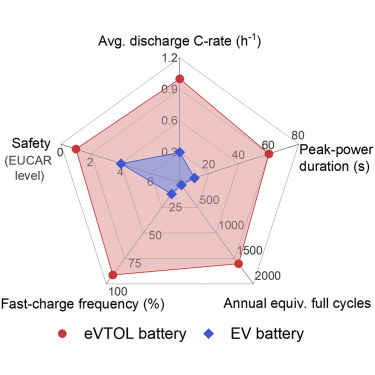
Recharging speed and the distance the aircraft can travel before recharging will be key differentiators. These requirements highlight the role of the BMS function in boosting battery performance and extending its longevity.
The BMS for eVTOL Batteries is more Crucial than for EV Batteries
eVTOL aircraft are powered by large Li-ion batteries. Therefore, an effective battery management system (BMS) is essential. Data relating to current, voltage, temperature and other parameters must be continuously available to ensure optimal performance and safety of the passengers. The BMS continuously monitors critical performance parameters such as voltage, current, temperature, and state of charge (SOC) to keep a battery within safe operational limits, protecting it from conditions like overcharging, over discharging, and overheating. It also balances the cells within a battery pack to ensure uniform performance and extend the overall battery life. This information is communicated to users and operators in real time, keeping them well informed about the status and health of the battery systems.
Monitoring a battery’s temperature is also critical for optimizing its performance, evaluating and preventing degradation, and ensuring safety. In a battery pack, if one cell overheats, the other cells in that pack and in connecting packs will follow suit, leading to battery failure and potential safety issues, such as fire. Looking at heat generation among cell packs can also guide decision-making regarding the setup of how the batteries will be housed in the eVTOL system. If the batteries are interconnected, there is an increased risk of all batteries malfunctioning while the system is in the air.
As batteries operate, various degradation processes occur, such as mechanical degradation, the loss of active material, and electrolyte depletion. These processes lead to several unwanted effects that cause capacity loss in batteries. They diminish the battery’s performance, reducing its ability to deliver power (power fade) and store energy (capacity fade) over time. Early detection of battery degradation helps mitigate risks like in-flight failures or power loss and assists operators in planning battery usage and maintenance. Tracking degradation metrics such as impedance, capacity retention, and voltage profiles during cycles via the BMS provides insight into the extent of degradation over time and ensures the safe, reliable, and efficient use of batteries in various systems.
In an electric road vehicle, managing risks is more straightforward. The EV can automatically stop and alert the occupants if there is a risk of thermal runaway within the battery. For eVTOLs, it is not as simple. When a fault occurs, the aircraft could be thousands of meters up in the air. Likewise, if a cell malfunctions and goes offline, the effect might be severe. In a ground vehicle, it will mean a loss of traction. But for an eVTOL, a power failure could result in a sudden drop in altitude. If a battery fault that should have been detected leads to an accident, the aircraft manufacturer or operator could damage their reputation beyond repair.That’s why BMS monitoring of the cells needs increased scrutiny to identify and mitigate potential problems as quickly as possible.
Conclusion
In conclusion, while both eVTOL and EV batteries share similarities in their reliance on lithium-ion technology and the need for safety, durability, and performance, the operational demands of eVTOLs push the boundaries of battery technology further. eVTOL batteries must meet more stringent requirements, including higher discharge rates, rapid charging capabilities, and exceptional safety standards to ensure reliable performance in flight. As a global leading lipo battery manufacturer, Grepow provides semi-solid state batteies with an energy density of up to 350Wh/kg, supporting 5C fast charging, designed to fulfill the high-performance and long-endurance needs of eVTOLs. If you have any questions or needs, please feel free to contact us at info@grepow.com.
Related Articles:
What Is An eVTOL And How To Choose Batteries For It?
What Is a Fixed Wing VTOL Drone?
Grepow Battery was interviewed by Global Sky Media about eVTOL Power
New generation of manned eVTOL announced from Airbus - CityAirbus
Related Articles
-
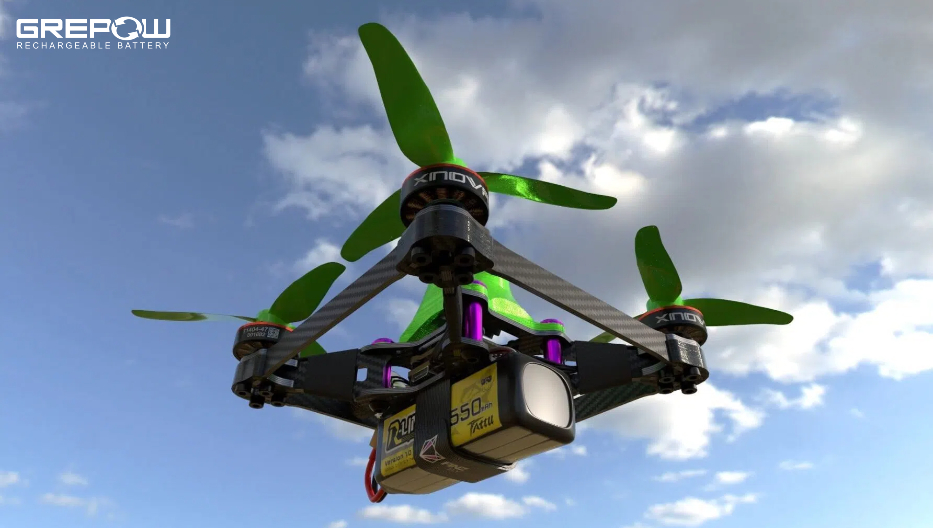
Building an FPV Drone: A Deep Dive into the Technology
2025-06-30 -
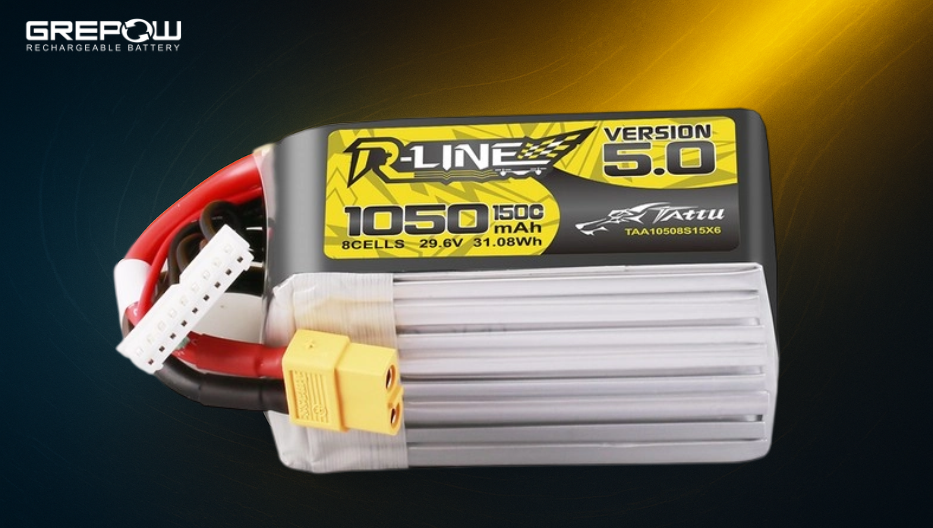
What is an 8S LiPo Battery?
2025-06-20 -
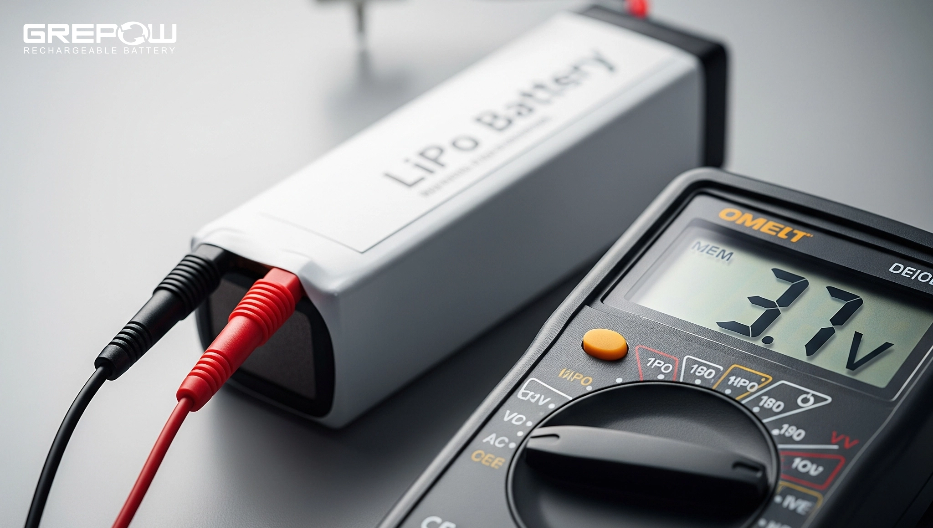
What Is the Voltage of a LiPo Battery?
2025-06-17
Related products
-

37000mAh Semi-Solid State High Energy Density Battery
-
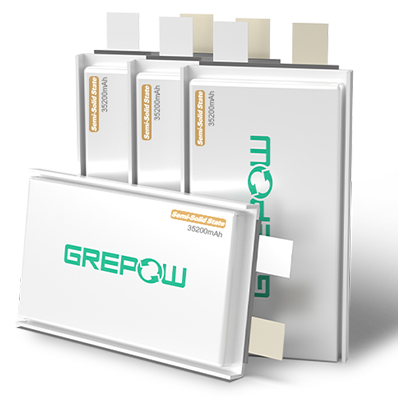
35200mAh Semi-Solid State High Energy Density Battery
-
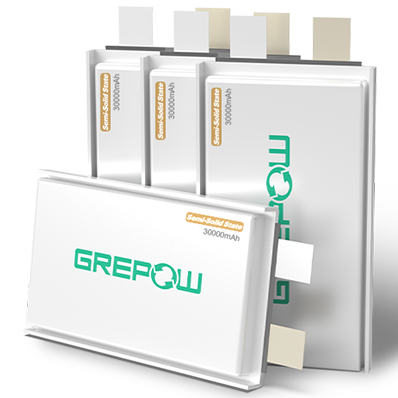
30000mAh Semi-Solid State High Energy Density Battery
-
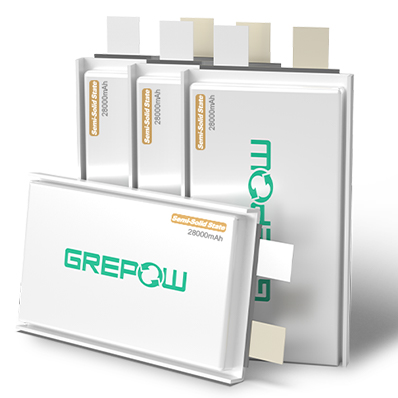
28000mAh Semi-Solid State High Energy Density Battery
-
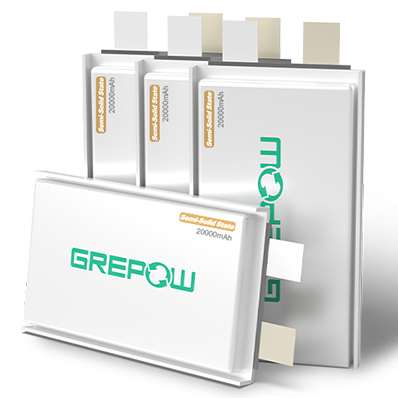
20000mAh Semi-Solid State High Energy Density Battery
















































